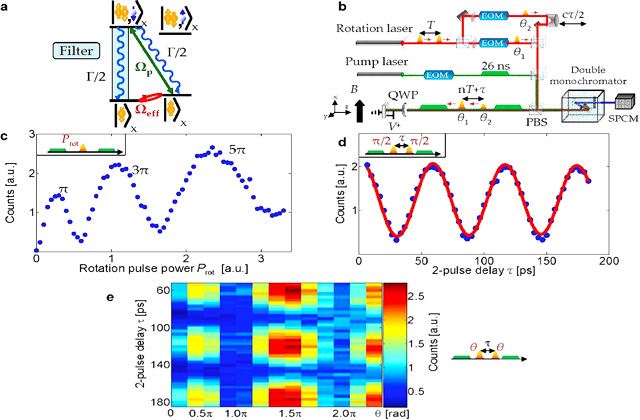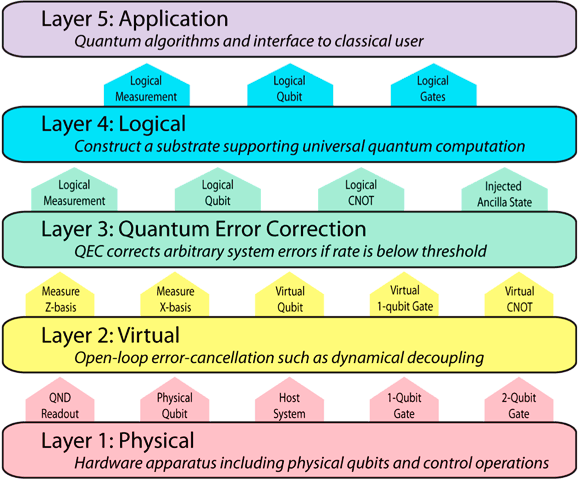
Subject B : Entanglement purification between distant nodes
Quantum repeater based on optical-pulse-controlled quantum dot spins and single photons
Stanford University / National Information of Informatics (Yoshihisa Yamamoto)
Any quantum repeater system requires stationary quantum memories with both long coherence time and optical interface, for which optically bright single quantum dots based on III-V semiconductors are promising candidates. Using ultrafast optical pulses and high magnetic fields, we are able to completely control a single quantum dot spin within a few tens of picoseconds in a coherent fashion. In addition, the use of spin echo technique allows for hundreds of thousands of gate operations within the coherence time. With these abilities in hand, our project aims to generate entanglement between two spins in remote quantum dots, heralded by the coincidence count of two indistinguishable single photons emitted from the respective quantum dots. Realization of spin-spin entanglement mediated by photons constitutes a key ingredient of a quantum repeater.

Along with this experimental effort, we theoretically investigate a design for fault tolerant quantum repeater/computer, taking realistic situations such as errors in quantum memories and optical losses in the communication channel into account. As a first step, we propose and analyze a layered quantum computer architecture, in which operations at a higher layer is composed of those in lower layers and as ascending layers the system acquires fault tolerance required for a practical quantum computer.
